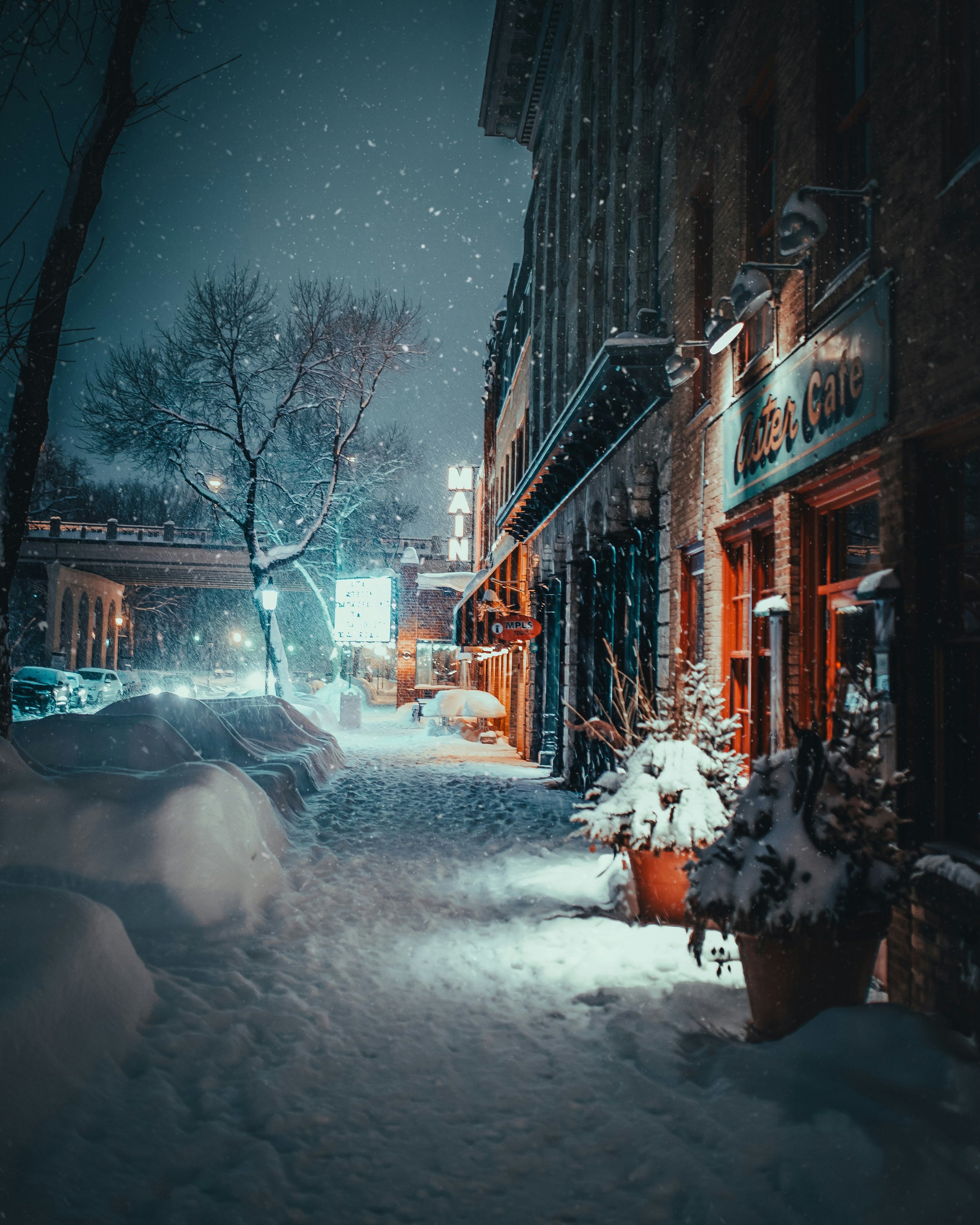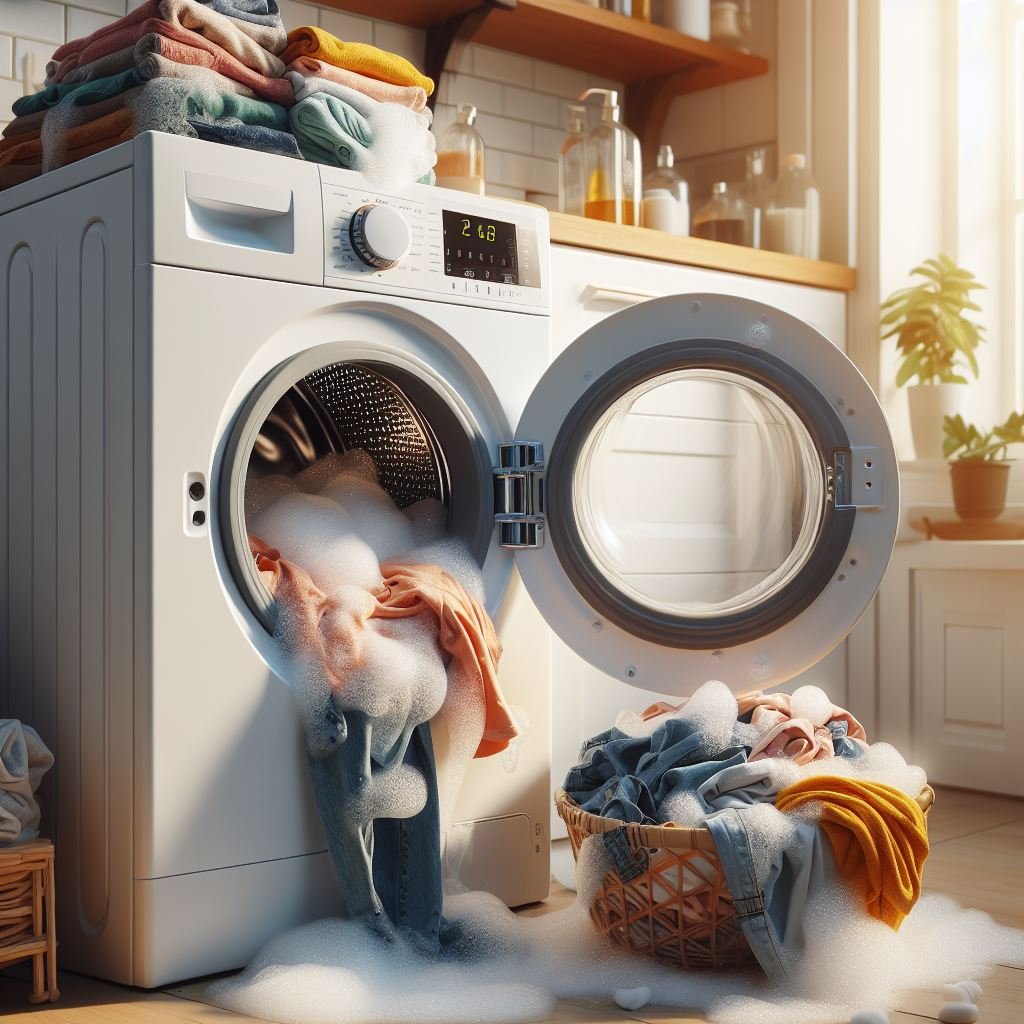The Challenges of Detecting Home Leaks and How to Fix Them
Explore the challenges of detecting home leaks and learn how to fix them. Get expert tips on spotting hidden leaks, preventing damage, and tackling repairs effectively.
Leaks are one of the most common issues homeowners face, yet they often go unnoticed until significant damage has occurred. Whether it's a tiny drip under the sink or a hidden leak behind the walls, water can wreak havoc on a home if left unchecked. In this guide, we’ll explore the challenges of detecting home leaks and provide actionable tips on how to fix them.
The Silent Enemy: Why Detecting Leaks is Challenging
Hidden Locations
Many leaks occur in areas that are not easily visible, such as behind walls, under floors, or within ceilings. This makes them difficult to identify until water damage becomes evident.Subtle Signs
Small leaks often don't leave obvious signs immediately. You might notice an unexplained increase in your water bill or faint water stains that gradually worsen over time.Multiple Sources
A single leak might be part of a larger problem. For example, a dripping faucet could indicate high water pressure, which may lead to leaks in other parts of the plumbing system.Weather Factors
Rainy or humid weather can complicate leak detection. Water pooling around the foundation might seem like a leak but could be caused by poor drainage instead.
Common Areas for Home Leaks
Knowing where to look is half the battle. Here are the most common areas where leaks occur:
Plumbing Fixtures: Sinks, toilets, and bathtubs are prone to leaks due to worn-out seals or loose connections.
Pipes: Corroded or cracked pipes often lead to hidden leaks behind walls or under floors.
Roof: Damaged shingles, flashing, or gutters can cause roof leaks, especially after heavy rain.
Windows and Doors: Improperly sealed windows and doors allow water to seep in during storms.
Foundation: Cracks in the foundation can allow water to enter basements or crawl spaces.
DIY Leak Detection Techniques
Monitor Your Water Meter
Turn off all water-using appliances and check your water meter. If the meter continues to run, there’s likely a leak somewhere in your plumbing system.Use Food Coloring for Toilets
Add a few drops of food coloring to the toilet tank. Wait 15-20 minutes without flushing. If the color appears in the bowl, you have a leak in your toilet.Inspect Walls and Ceilings
Look for water stains, bubbling paint, or peeling wallpaper. These are signs of hidden leaks.Listen for Dripping Sounds
Even if you can’t see a leak, you might hear the telltale drip of water during quiet moments.Check Your Yard
Patches of lush grass or water pooling in specific areas could indicate a leak in underground pipes.
How to Fix Common Home Leaks
1. Faucets and Sinks
Problem: Worn-out washers or O-rings.
Fix: Replace the faulty part using a basic plumbing toolkit. Shut off the water supply before starting the repair.
2. Pipes
Problem: Corrosion or cracks.
Fix: Use pipe repair clamps for temporary fixes or replace the damaged section entirely. For severe cases, consult a professional plumber.
3. Toilets
Problem: Faulty flapper or fill valve.
Fix: Replace the defective component with a new one, following the manufacturer’s instructions.
4. Roof Leaks
Problem: Damaged shingles or flashing.
Fix: Replace broken shingles or apply roofing sealant to minor gaps. For extensive damage, hire a roofing contractor.
5. Foundation Leaks
Problem: Cracks in the foundation.
Fix: Apply epoxy or polyurethane foam sealants to small cracks. For major leaks, professional intervention is necessary.
Preventive Measures to Avoid Future Leaks
Regular Inspections
Schedule annual inspections for your plumbing and roofing systems. Catching problems early can save you from costly repairs.Install Leak Detectors
Smart leak detectors alert you to potential issues before they become major problems. These devices are especially useful for hidden leaks.Maintain Water Pressure
High water pressure can strain pipes and lead to leaks. Use a pressure regulator to maintain a safe level.Seal Windows and Doors
Inspect and reseal gaps around windows and doors to prevent water intrusion.Clean Gutters and Downspouts
Ensure your gutters and downspouts are clear of debris to direct water away from your home effectively.
When to Call a Professional
Some leaks are too complex or hazardous to handle on your own. For example:
Gas Line Leaks: Require immediate professional attention due to safety risks.
Extensive Water Damage: If mold or structural damage is present, contact a restoration specialist.
Burst Pipes: These need urgent repair by a licensed plumber.
If you're unsure about tackling a leak, reaching out to Local Drainage & Plumbing Engineers can ensure a thorough and professional solution. Their expertise in identifying and fixing leaks can save you time, money, and stress.
Final Thoughts
Detecting and fixing home leaks can be challenging, but the effort is well worth it to protect your home from water damage. By staying vigilant and addressing leaks promptly, you can save money and maintain a safe, comfortable living environment.
For more tips on home improvement and DIY repairs, visit our blog regularly for expert advice!
Stay up to date with our latest ideas!
Exclusive deals just for our readers! Click below to unlock special offers and elevate your shopping experience!





























